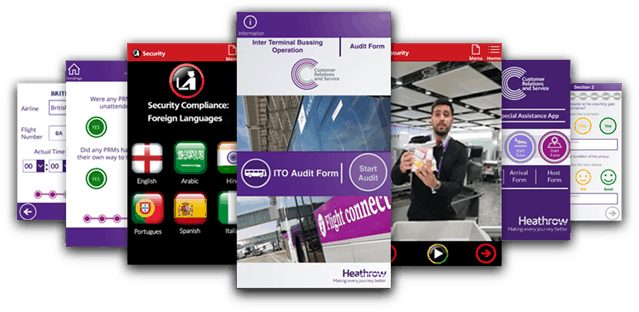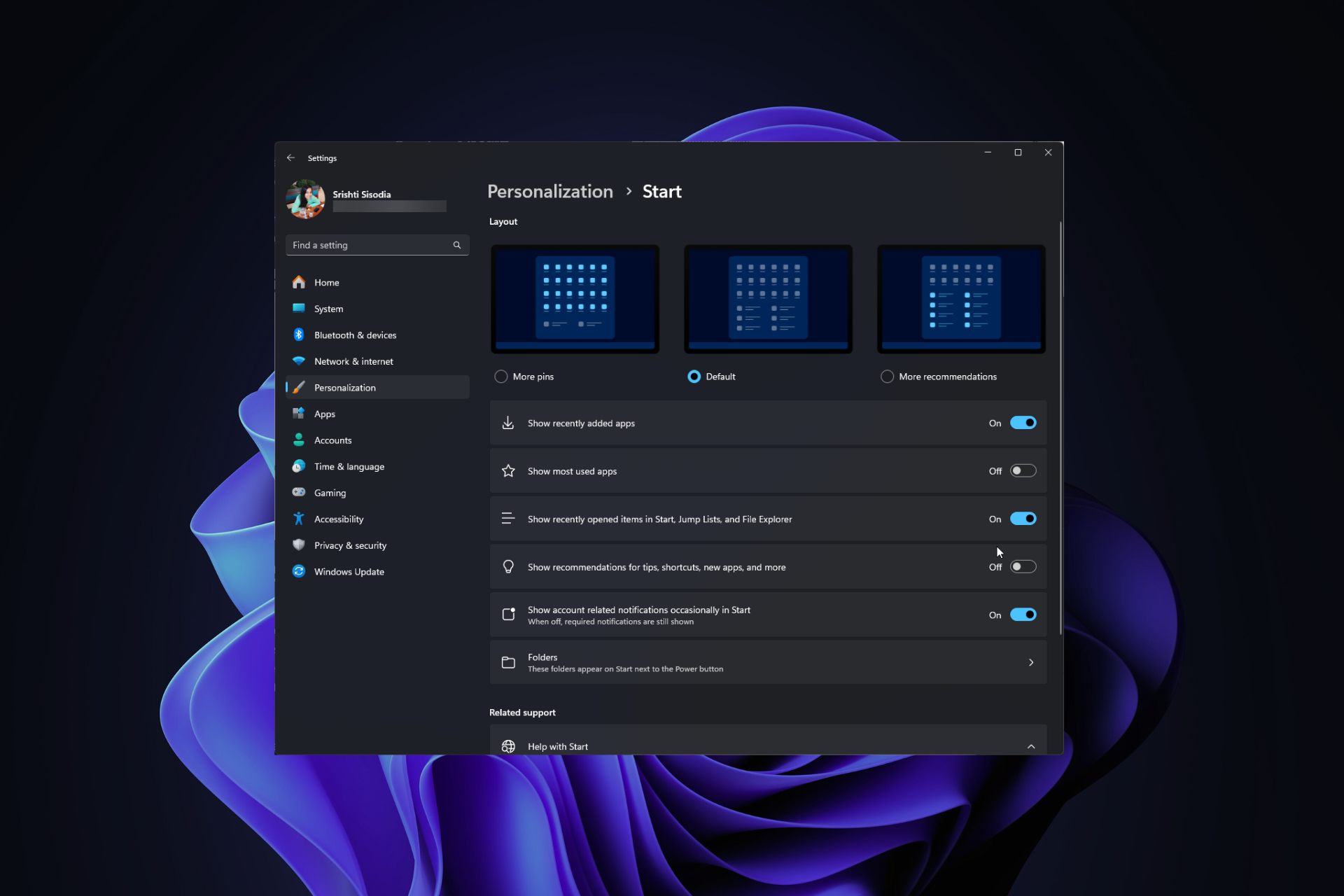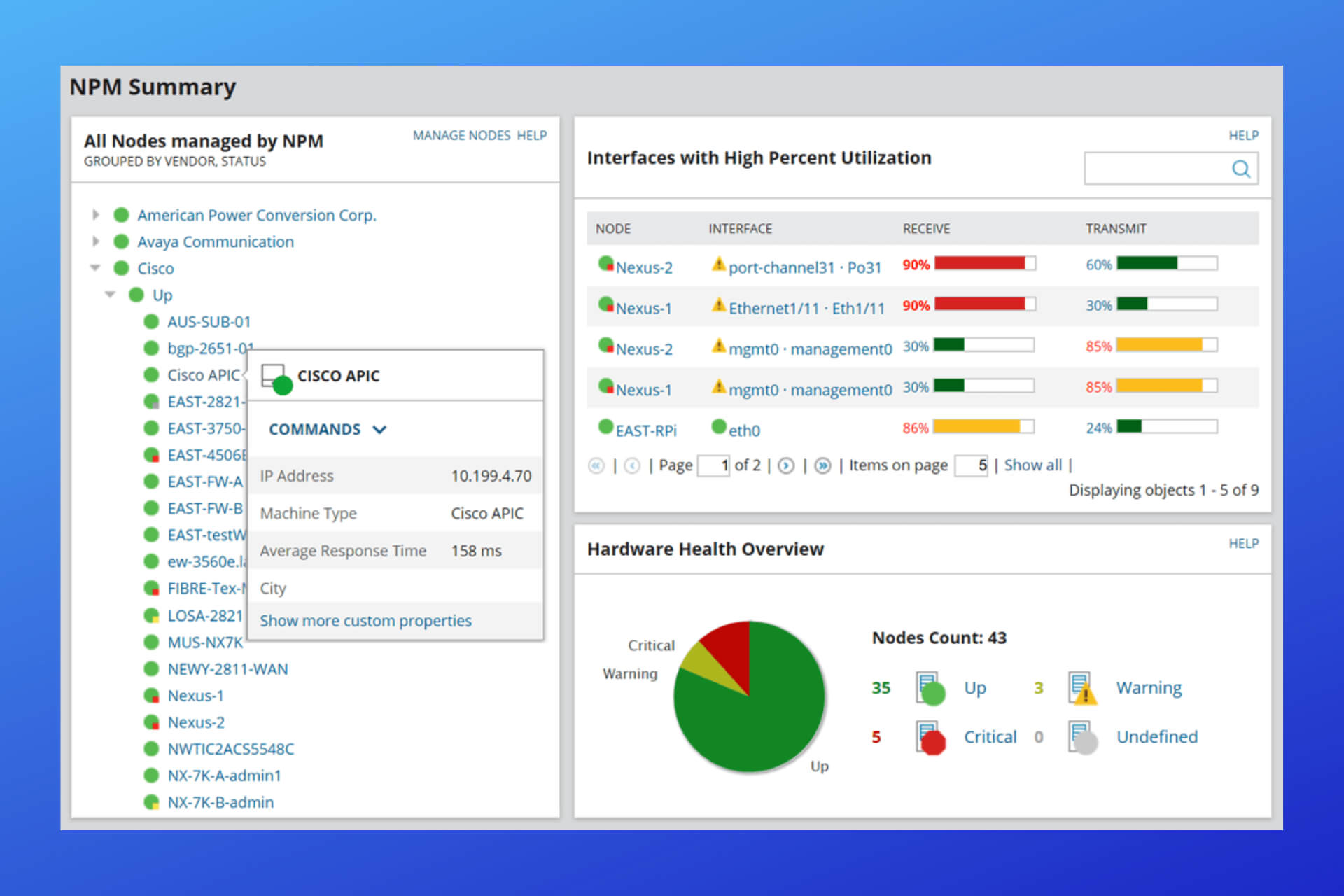Microsoft begins pushing its “Power Platform:” Power BI, Power Apps, and Flow
3 min. read
Published on
Read our disclosure page to find out how can you help Windows Report sustain the editorial team Read more

Microsoft CEO Satya Nadella is once again ringing the bell of platform cultivation for the company’s many software services and his new highlight is the “Power Platform.”
Unfortunately for comic book fans, Nadella isn’t talking about some collection of superheroes, but instead about how Microsoft’s Power BI, PowerApps and Flow all come together to help build a platform atop the company’s Azure cloud services.
Fortunately, other Microsoft executives have taken up the mantle of further pitching the virtues of the company’s Power Platform and corporate vice president of business applications group James Phillips helps lay out Microsoft’s vision for the platform as well as the specifics of how each individual application can be applied to strengthen the whole.
Our vision for the Power Platform started from the recognition that data is increasingly flowing from everything, and a belief that organizations that harness their data – to gain insights then used to drive intelligent business processes – will outperform those that don’t.
Of the three applications, PowerBI may be the most well known and used as it has become a self-service businesses intelligence visualization solutions for tens of thousands of companies. Supporting 43 languages in over 18,000 cities across the world, PowerBI holds nearly 10 petabytes of data from various sources that include tried and true Excel docs, Oracle databases, SAP or Salesforce applications and hundreds of proprietary technologies.
Next up are PowerApps which is best described as a ‘citizen application development platform.’ PowerApps tie into PowerBI data to help produce web and mobile apps catered to the specific data collected and processed. With a closed-loop development cycle between PowerApps and PowerBI, businesses can continually analyze and redistribute data from the cloud to apps.
Last but not least is Flow which a product that was developed to cater to the growing interest of Robotic Process Automation (RPA) which allows employers to automate workloads. Simple automation has a growing an interest in businesses as they look to optimize simple tasks to lower expense costs.
When combined, the Power Platform will allow businesses to unlock insights and intelligence that many can then convert to intelligible action plans across the web and mobile applications while simultaneously identifying areas of streamlined opportunity through automation, creating what Philips refers to as a “powerful system of continuous improvement.”
Microsoft is planning a Virtual Launch Even that is open to whoever is interested in the company’s developing Power Platform. The Power Platform launch event is scheduled for April 2, 2019, with more details to be announced over the coming months.











